Posts
01 Jan 0001
Touching a Corpse for Good Luck: Exploring the Superstition's Origins and Evolution
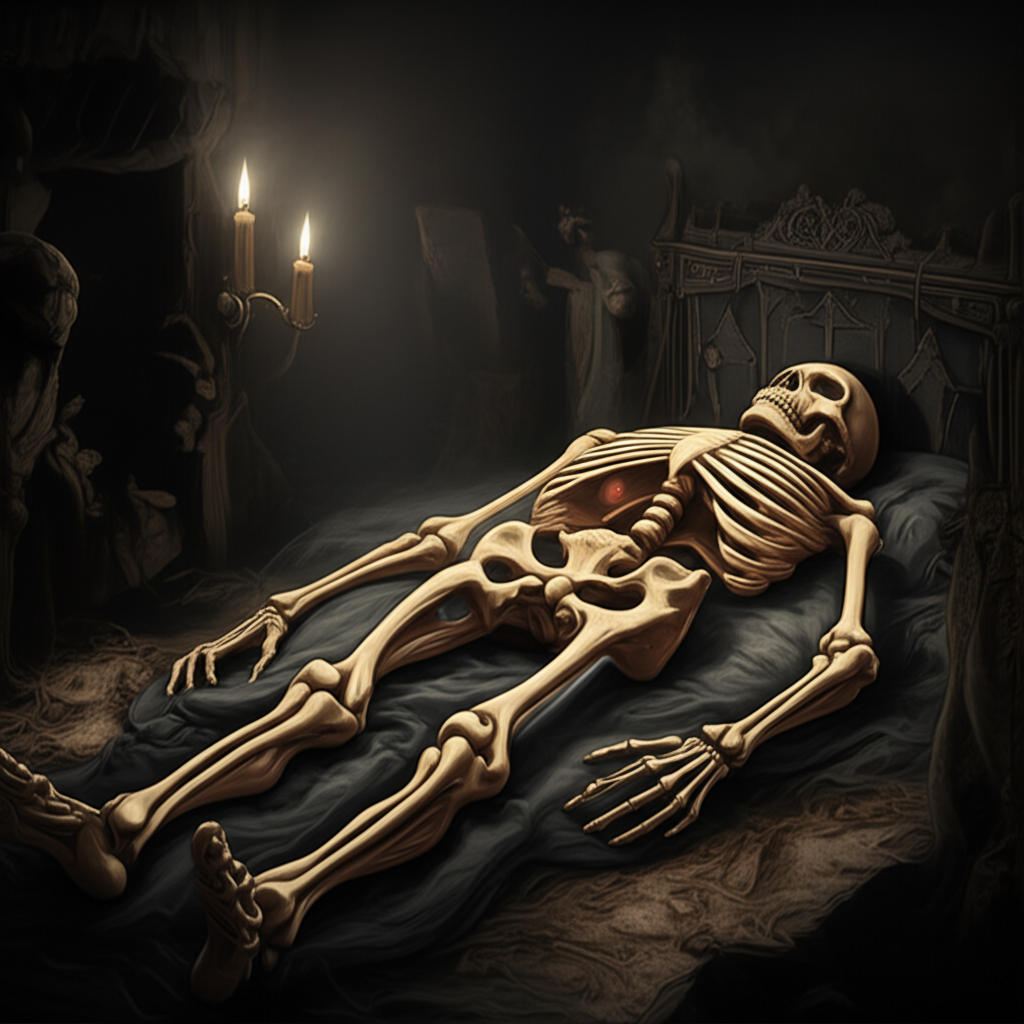
The practice of touching a corpse for good luck, though seemingly morbid in modern times, stems from ancient beliefs about the supernatural power residing in the recently deceased.
Historically, the close proximity of the living to the dead facilitated this superstition. Before the advent of modern funeral homes and mortuaries, families kept the bodies of their deceased loved ones at home until burial. This practice allowed for viewing and, significantly, touching the corpse, a custom rooted in the belief that the body, as a vessel transitioning between life and death, possessed extraordinary powers.
01 Jan 0001
Walking Under Ladders: Exploring the Origins and Enduring Superstition
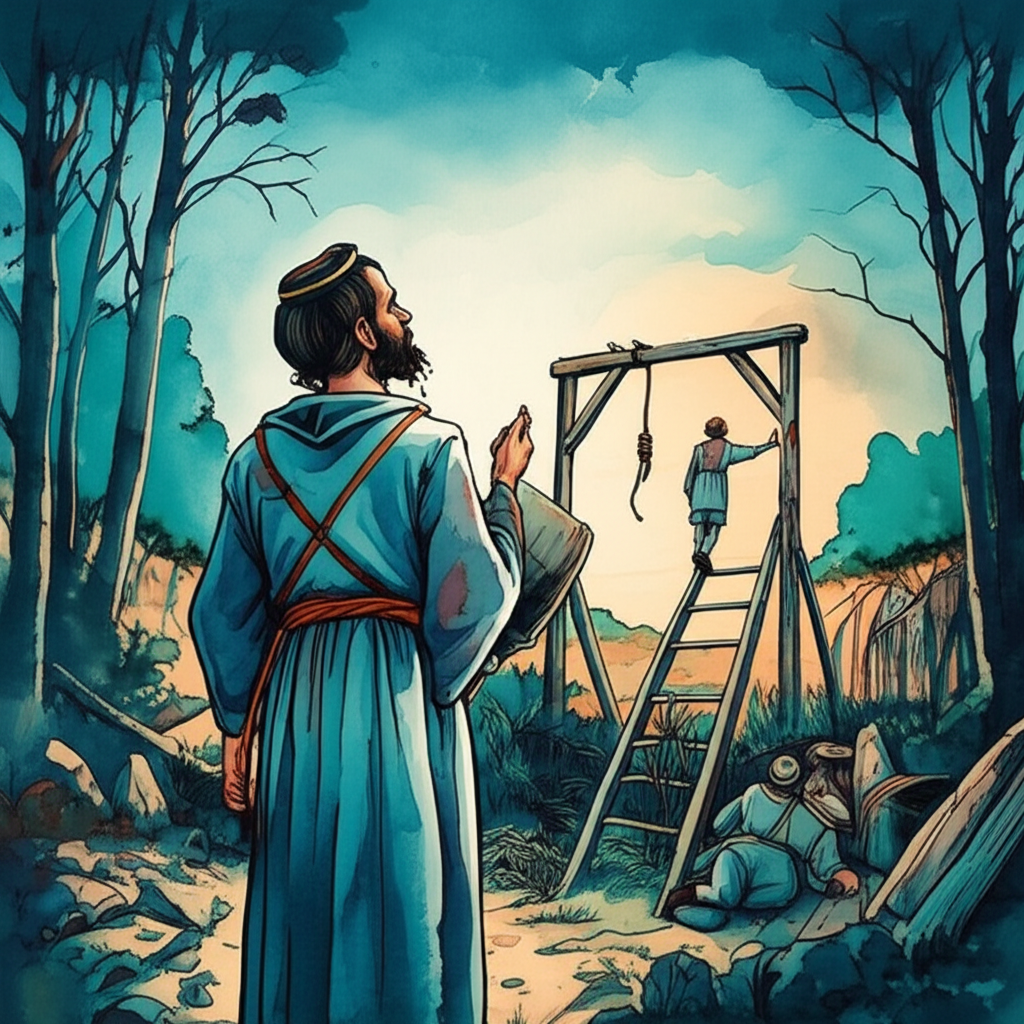
The superstition of avoiding walking under ladders persists as one of the most recognized and adhered-to beliefs in the modern era. While many superstitions have roots intertwined with historical religious practices, ironically, the Church itself has often viewed superstition as sinful, considering it a diversion from the exclusive worship of God and an endorsement of occult beliefs.
The avoidance of walking under ladders, however, has often been framed as more than a simple superstition. One explanation attributes its origins to the sacred symbolism of the triangle. A ladder leaning against a wall forms a triangular shape, which, within Christian tradition, represents the Holy Trinity: the Father, the Son, and the Holy Spirit. To walk through the center of this triangle was seen as breaking the Holy Trinity, a violation against God, and therefore, blasphemous. The reverence for the triangle as a symbol of life dates back to ancient Egyptian times, where disrupting a sacred symbol was considered a direct challenge to fate itself. Beyond religious symbolism, the practical danger of objects or individuals falling from a ladder also provides a rationale for avoiding the space beneath it.
01 Jan 0001
Water Drunk From a Human Skull: A Superstition Intended to Cure Epilepsy

Epilepsy, a neurological disorder characterized by recurrent seizures, has long been shrouded in fear and misunderstanding. In eras before modern medicine, when the condition’s origins remained a mystery, those afflicted and their families often turned to desperate measures, including the superstition that drinking water from a human skull could cure epilepsy.
The earliest documented mention of this practice appears in Pliny the Elder’s “Natural History” in AD 77. Pliny notes that Artemon prescribed water drawn from a spring at night, consumed from the skull of a slain man whose body remained unburnt, as a treatment for epilepsy. This illustrates that the belief in the medicinal properties of human remains, specifically the skull, dates back to at least the first century AD.
01 Jan 0001
Wearing a Toad Around the Neck: A Historical Superstition to Ward Off the Plague
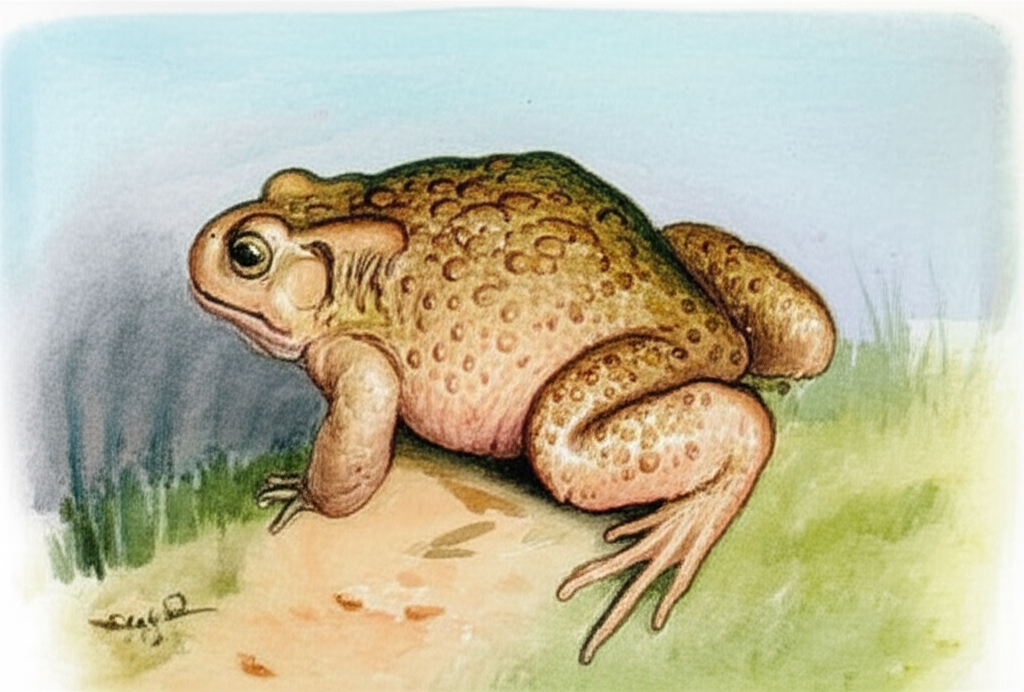
Throughout history, humanity has sought protection from disease through various means, and during times of widespread plague, desperate measures often took root in superstition. One such belief involved wearing a toad around the neck as a protective amulet against the dreaded plague.
The historical context of this superstition lies within the repeated plague epidemics that ravaged Europe, particularly during the medieval and Renaissance periods. Overcrowding, poor sanitation, and limited understanding of disease transmission created an environment ripe for the spread of the bubonic plague, carried by rats and fleas. The Great Plague of London in 1665, which claimed the lives of nearly a quarter of the city’s population, serves as a stark example of the devastation caused by these outbreaks. Fear and desperation led people to embrace any potential safeguard, no matter how improbable.
01 Jan 0001
Wearing New Clothes to a Funeral is Considered Bad Luck: Origins and Interpretations
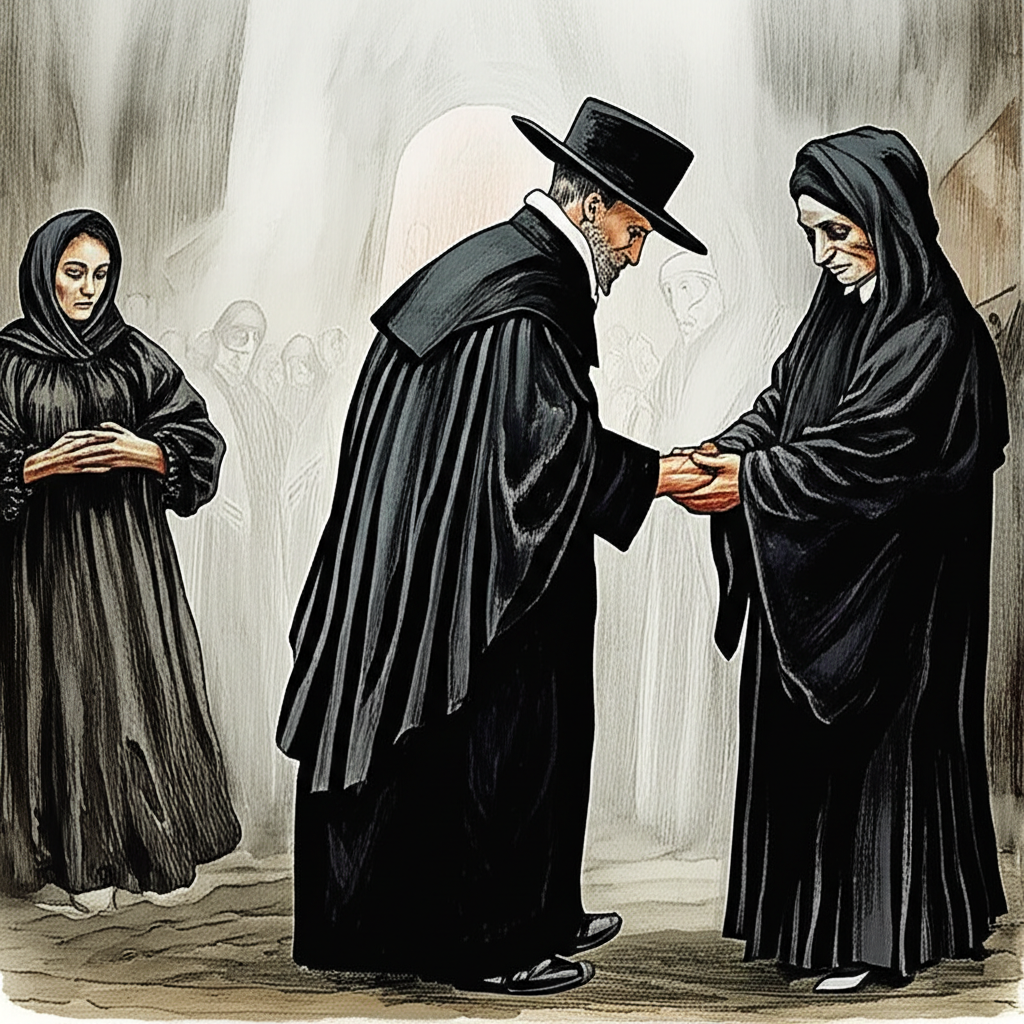
The superstition against wearing new clothes to a funeral is a long-standing belief rooted in a complex blend of historical practices, pagan rituals, and Christian doctrines. This tradition, observed across different cultures, stems from a desire to avoid attracting negative spiritual attention and to show proper respect for the deceased.
Historically, the superstition predates Christianity, with origins in pre-Christian pagan beliefs where funerals were viewed as magnets for malevolent spirits. These spirits were believed to be drawn by the recently departed and the vulnerability of the mourning, seeking an opportunity to possess the corpse. To ward off these unwanted entities, mourners would intentionally dress in old, unremarkable clothing so as not to incite the spirits’ envy or interest.
01 Jan 0001
When a Dog Howls, Death Is Near: Exploring the Superstition's History and Meaning

The superstition that a dog’s howl portends impending death is a deeply rooted belief, persisting across cultures and throughout history.
Historical Background Beliefs surrounding dogs and their perceived connection to the supernatural can be traced back to ancient civilizations. In ancient Egypt, dogs and dog-headed deities, like Anubis, were revered for their prophetic abilities. This association may stem from the appearance of Sirius, the Dog Star, which heralded the annual flooding of the Nile, prompting people to prepare accordingly. Thus, dogs became symbols of warning and foresight.
01 Jan 0001
Wrapping Newborns in Mother's Clothes: A Superstition Rooted in Protection and Belief
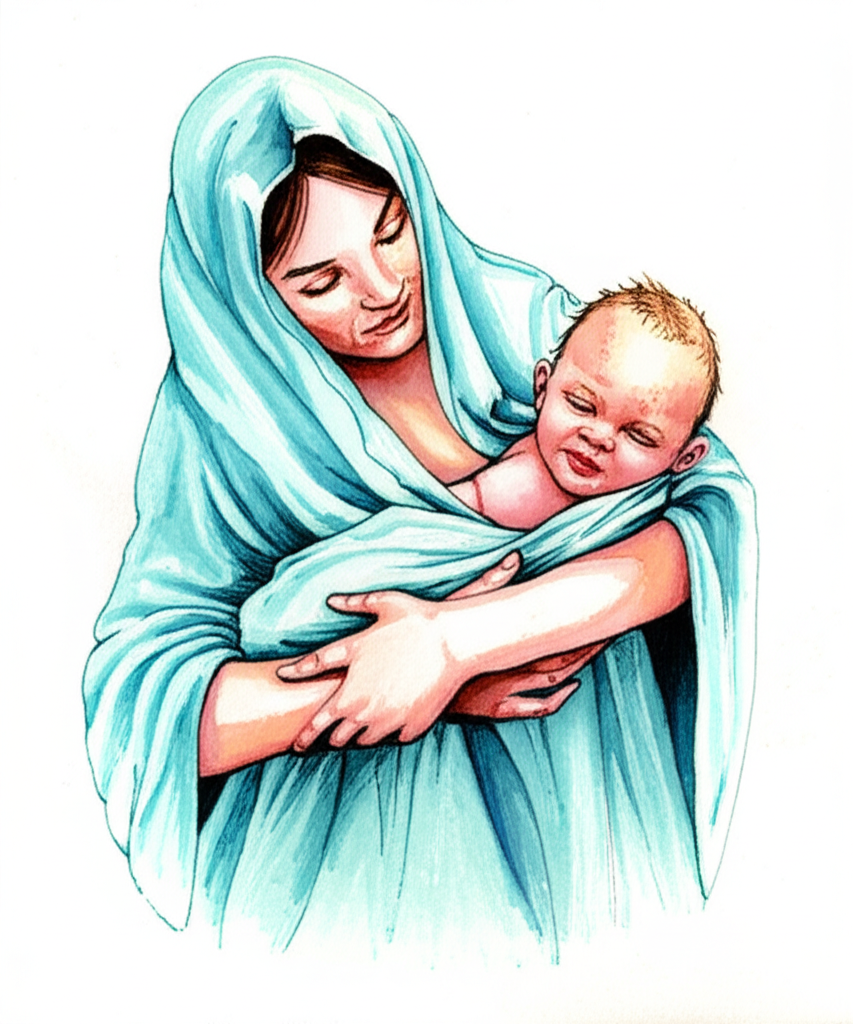
This blog post explores the historical superstition of wrapping a newborn child in its mother’s clothes until the baby has been baptized, a custom steeped in folklore, religious beliefs, and the harsh realities of infant mortality in past centuries.
Historical Background:
While less prevalent in modern society, the practice of wrapping newborns in their mother’s clothing was once widespread, particularly in Europe. The decline in baptism rates, especially in countries like the UK and America, indicates a significant shift from the era when this custom was commonplace. During the Middle Ages, baptism was typically conducted within a week of birth. This urgency stemmed from the belief that unbaptized infants who died would exist in ’limbo of infants’ – a theological concept describing a state for those tainted by original sin but too young for personal sins.
01 Jan 0001
Yule Logs: The Superstition of Lightning Protection and Winter Solstice Traditions
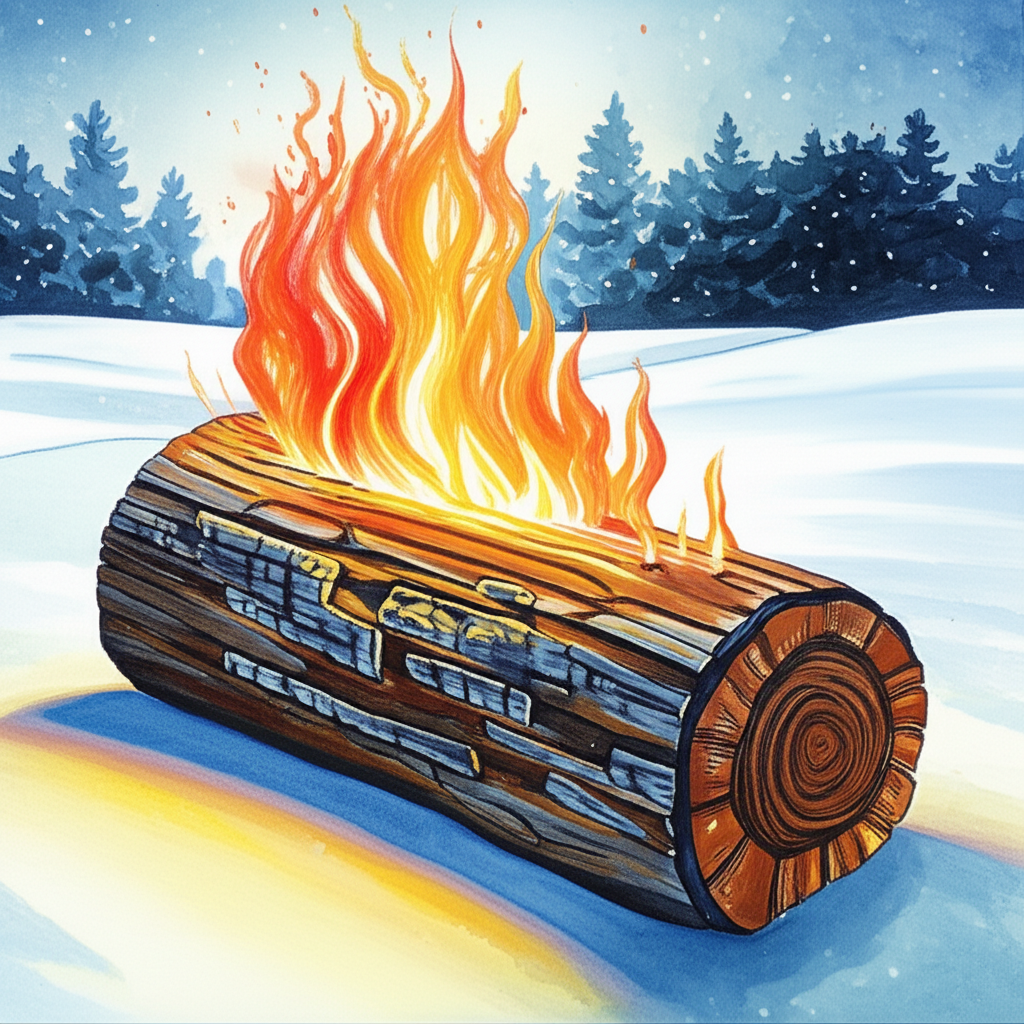
The Yule log tradition, deeply rooted in ancient pagan celebrations of the winter solstice, carries a superstition that its charred remains possess the power to protect homes from lightning strikes. This belief, interwoven with cultural and historical practices, offers insight into how ancient societies sought to control their environment through ritual and symbolic actions.
Historical Background: The Germanic Yule Celebration The Yule tradition originates from the Germanic pagan celebration of the midwinter solstice, known as Yule. Derived from the Anglo-Saxon word ‘geol,’ this period, occurring around December 21st or 22nd in the Northern Hemisphere, marked a crucial time for early Scandinavian ancestors. Faced with harsh winter conditions, dwindling food supplies, and prolonged darkness, they yearned for the return of warmth and sunlight. The Yule rites were performed in hopes of appeasing the elements and ensuring the sun’s return, symbolizing a renewed cycle of life and abundance.
5/5